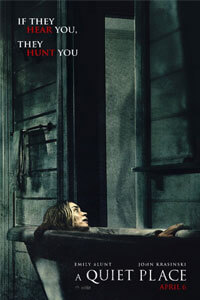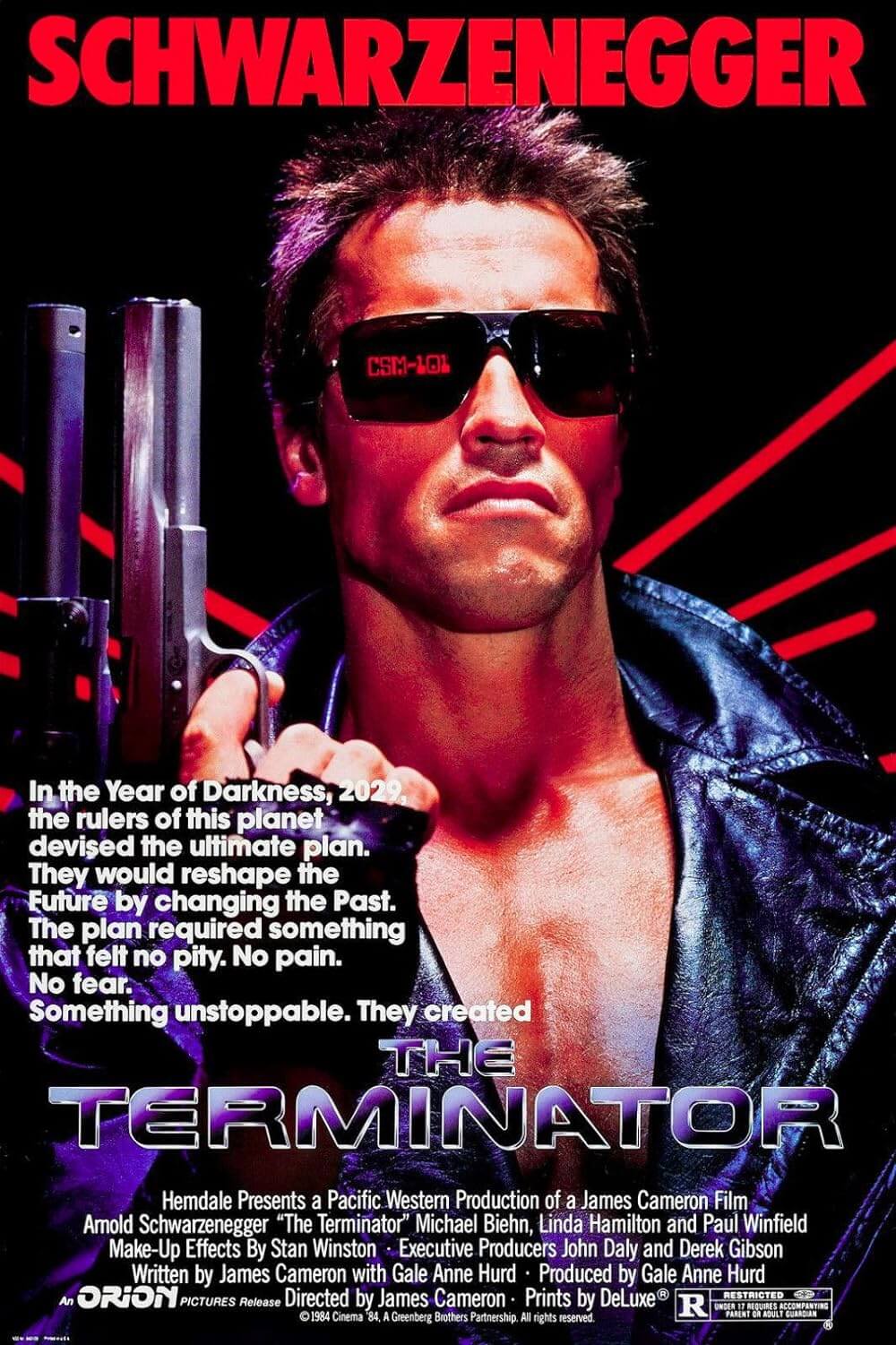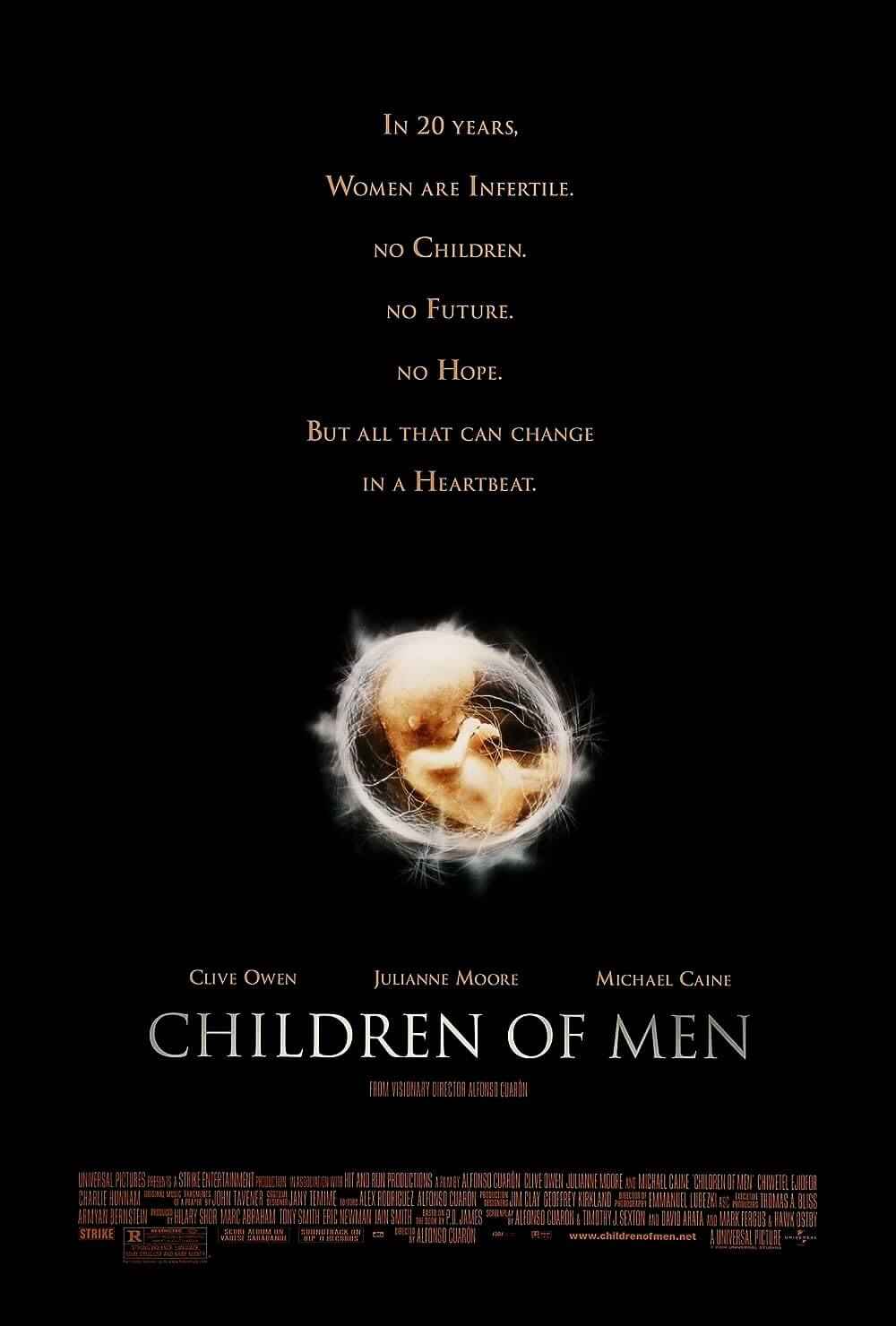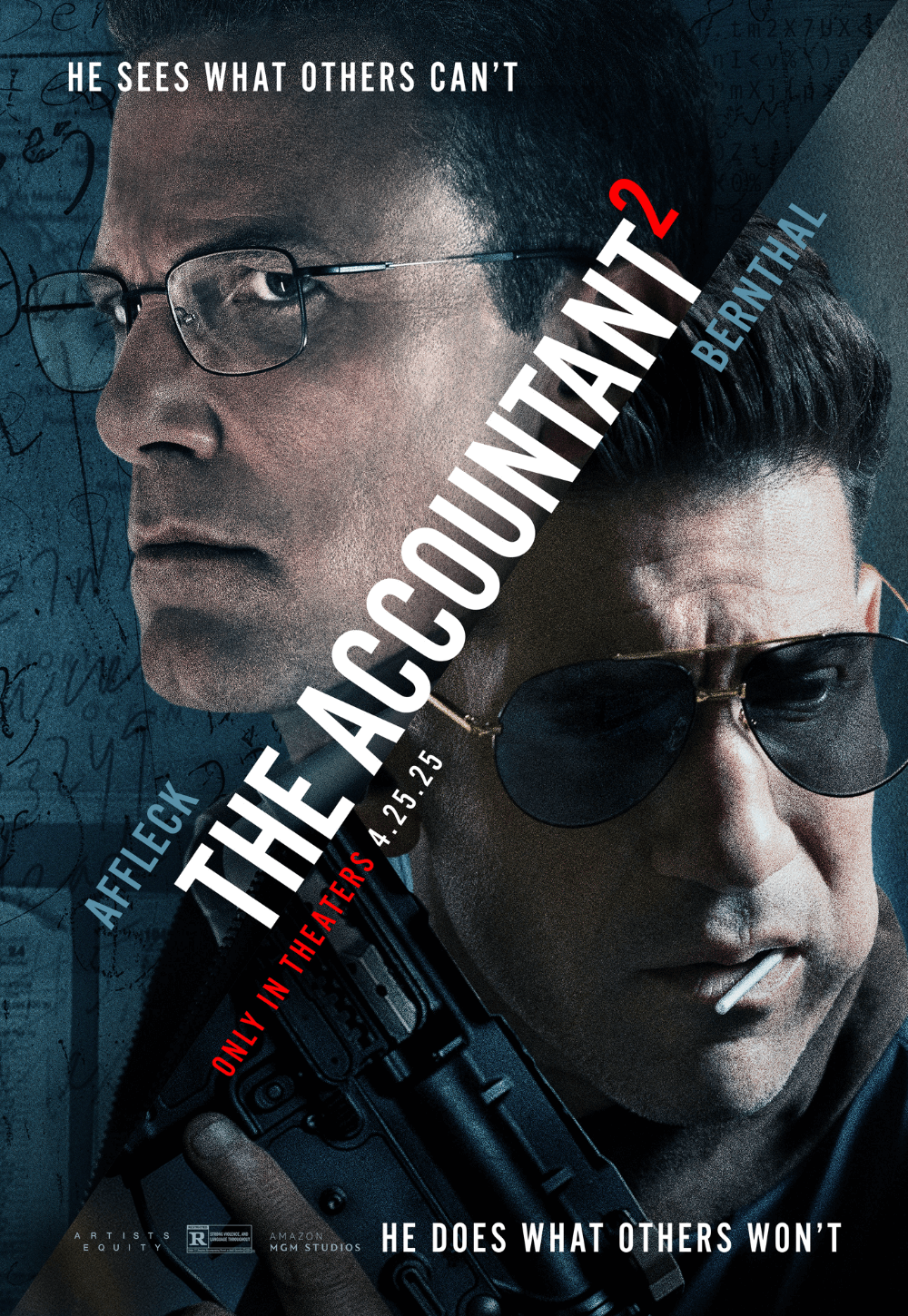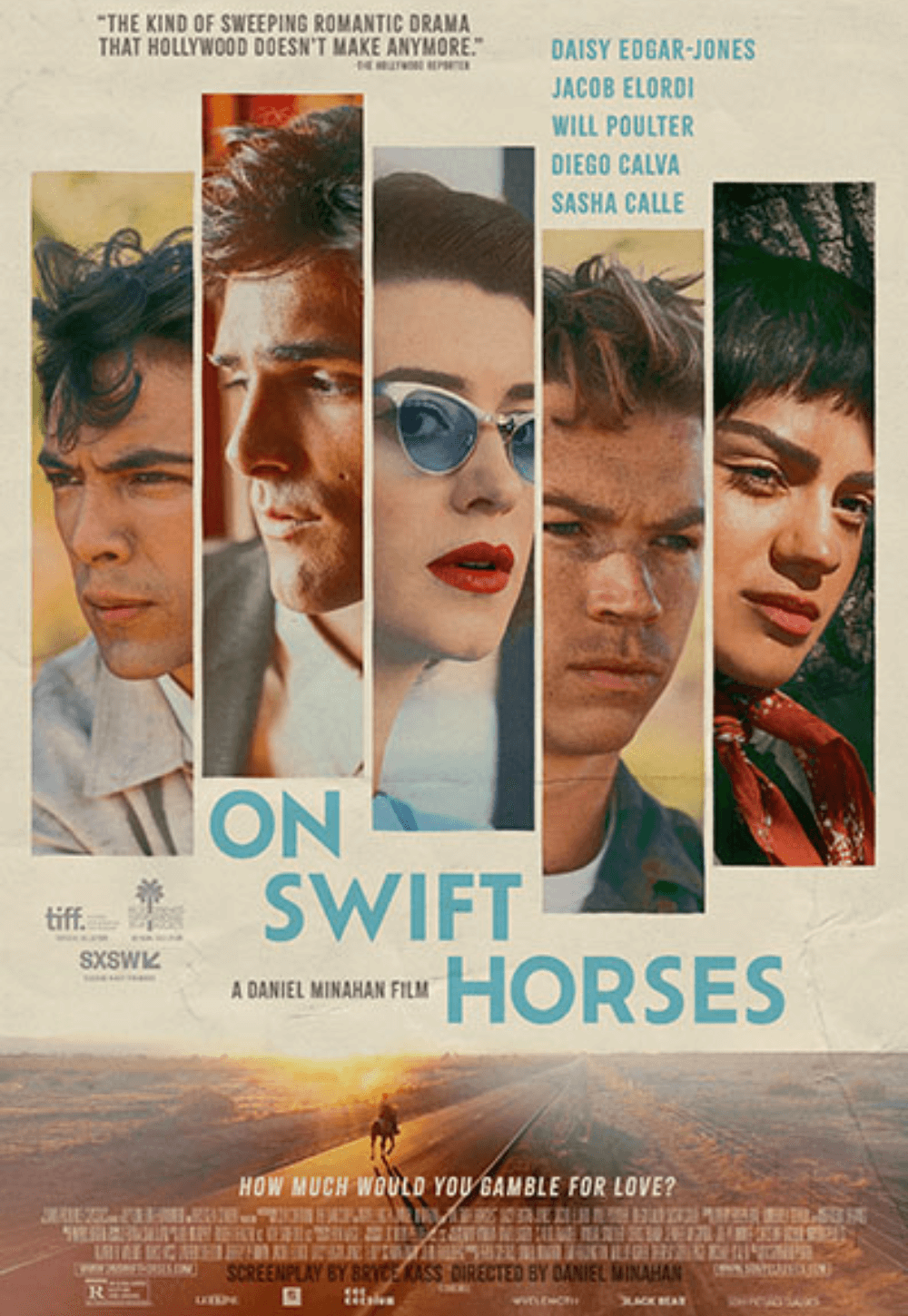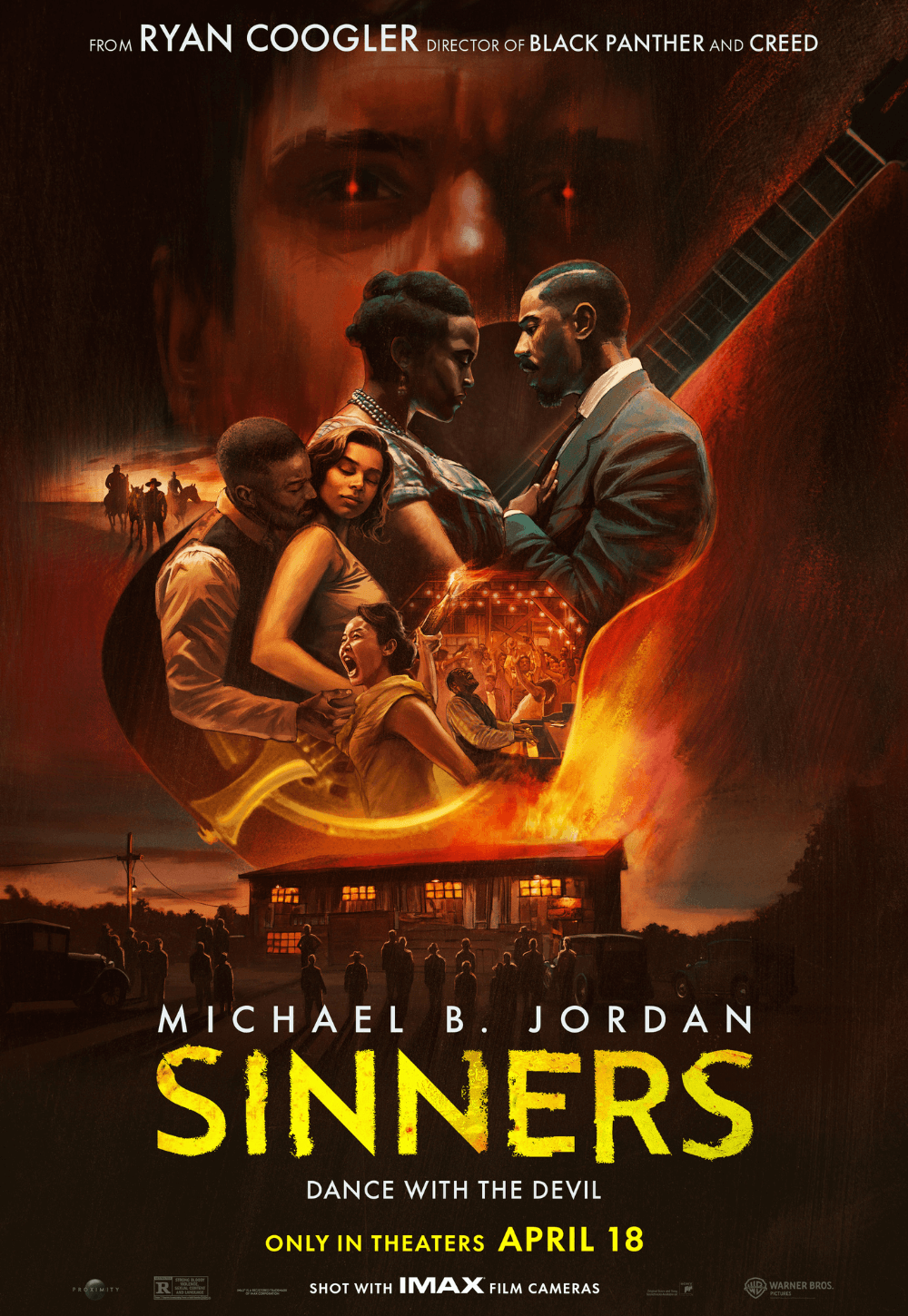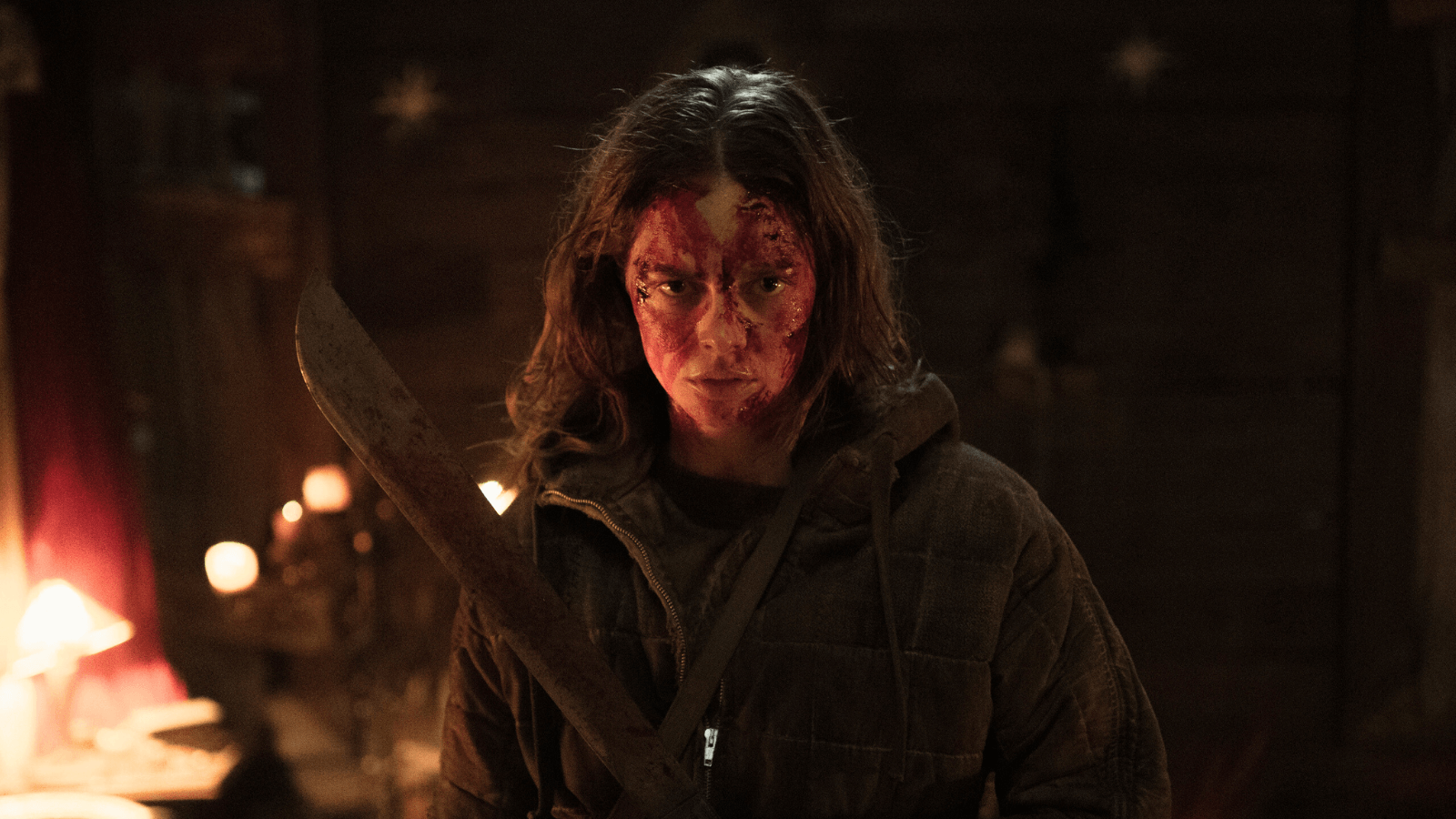
Azrael
By Brian Eggert |
What’s worse than living in a post-apocalyptic world? Living in a post-apocalyptic world minus one of the five senses or the ability to speak. The survivors in Bird Box (2018) had to make do without eyesight, and the holdouts in the Quiet Place movies must never make a sound, lest hyperacusic aliens hunt them down. The human remnants in Azrael don’t speak either. But that’s because most of them have cut their vocal cords. Red titles on a black screen tell us that, after the “Rapture,” those left behind have renounced “their sin of Speech,” leaving them to scrape by wordlessly amid subterranean monsters and clans of pious radicals. Never mind the specifics of what happened on Earth, and whether it was really the evangelical Rapture or if that’s just some hokum invented by what’s left of humanity. Instead, focus on this efficient, gnarly, and dialogue-free survival yarn that follows Samara Weaving in a fight for her life. On those terms, Azrael is an immersive, breathlessly engaging 85-minute rush.
Directed by E.L. Katz (Cheap Thrills, 2013) and written by Simon Barrett (You’re Next, 2011), Azrael makes the most of its limited resources—the budget was $12 million—with its ambitious yet minimalist approach. But that’s customary for Katz and Barrett, who got their starts in mumblegore, the horror offspring of the early 2000s’ ultra-low-budget independent mumblecore movement. Well-versed in high-concept scenarios, their latest collaboration bears unmistakable similarities to post-apocalyptic fare such as The Last of Us, albeit with the conceit that none of the characters speak (save for a single scene with a non-English-speaking character whose dialogue is unaccompanied by subtitles). This wrinkle is less novel than it may seem, with recent horror movies such as Don’t Breathe (2016) and No One Will Save You (2023) employing wordlessness to suspenseful effect.
Despite following a well-treaded path, the movie benefits from Weaving’s committed physical performance. Words would be superfluous even with her character’s vocal cords intact, given that she so clearly communicates every emotion with her large, expressive eyes, offering a range of loaded glances, pleading looks of desperation, sheer terror, and vengeful determination. The Ready or Not (2019) star is credited as the titular Azrael, first seen in a dense forest with her partner (Nathan Stewart-Jarrett). The action launches when a band of whistling zealots with a fanatical look of conviction in their eyes hunt the protagonist. Following the will of their resident leader (Vic Carmen Sonne), the vaguely Christian group chases Azrael and her boyfriend, capturing the former with plans to make her a sacrificial offering to the cannibalistic humanoid underground dwellers living in the woods. Azrael manages to escape and must narrowly survive her pursuers and the zombie-like ghouls they seem to worship.
Shot in Estonia, Azrael makes excellent use of ancient-looking forests and natural locations. Aside from a concrete structure and a makeshift camp, most of the film entails people chasing after each other and fighting among the trees. The production delivers some grisly makeup effects and realistic-looking kills by the flesh-eating creatures, caked in dirt and hissing like the humanoid bat people in The Descent (2005). Gorehounds will appreciate the practical effects used to create several decapitations, spurts of blood, and stringy entrails on display—all refreshingly free of computer-generated solutions. Katz also proves himself a capable director of action, with Weaving succumbing to booby traps and scraping by in hand-to-hand combat in tense sequences. In time, she becomes a Rambo-esque character who fights back violently only because she’s being pursued. All the while, Estonian cinematographer Mart Taniel shoots the action with some dramatic, high-contrast imagery during nighttime scenes, with lanterns, campfires, and moonlight creating bold shadows to give the action some style.
Azrael alludes to the mythology followed by the extremists, who seem to believe the abominations crawling around in tunnels play a role in their religion. But given the lack of dialogue, their belief system must be interpreted from their crude murals, worshipful behavior, and an ending that’s both revealing yet muddled in symbolic terms. None of the religious ideas pan out with much clarity, and most of the movie world’s specifics remain unclarified. But running a mere 78 minutes (not including credits), Azrael’s top priority isn’t world-building; it’s supplying an intense series of chases and fights, along with some sublime bloodshed that will please horror fans interested in survival stories. On those modest terms, Katz doesn’t offer much that’s new, but he delivers a fast-paced, savage, and often gruesome experience, anchored by another terrific performance by Weaving.
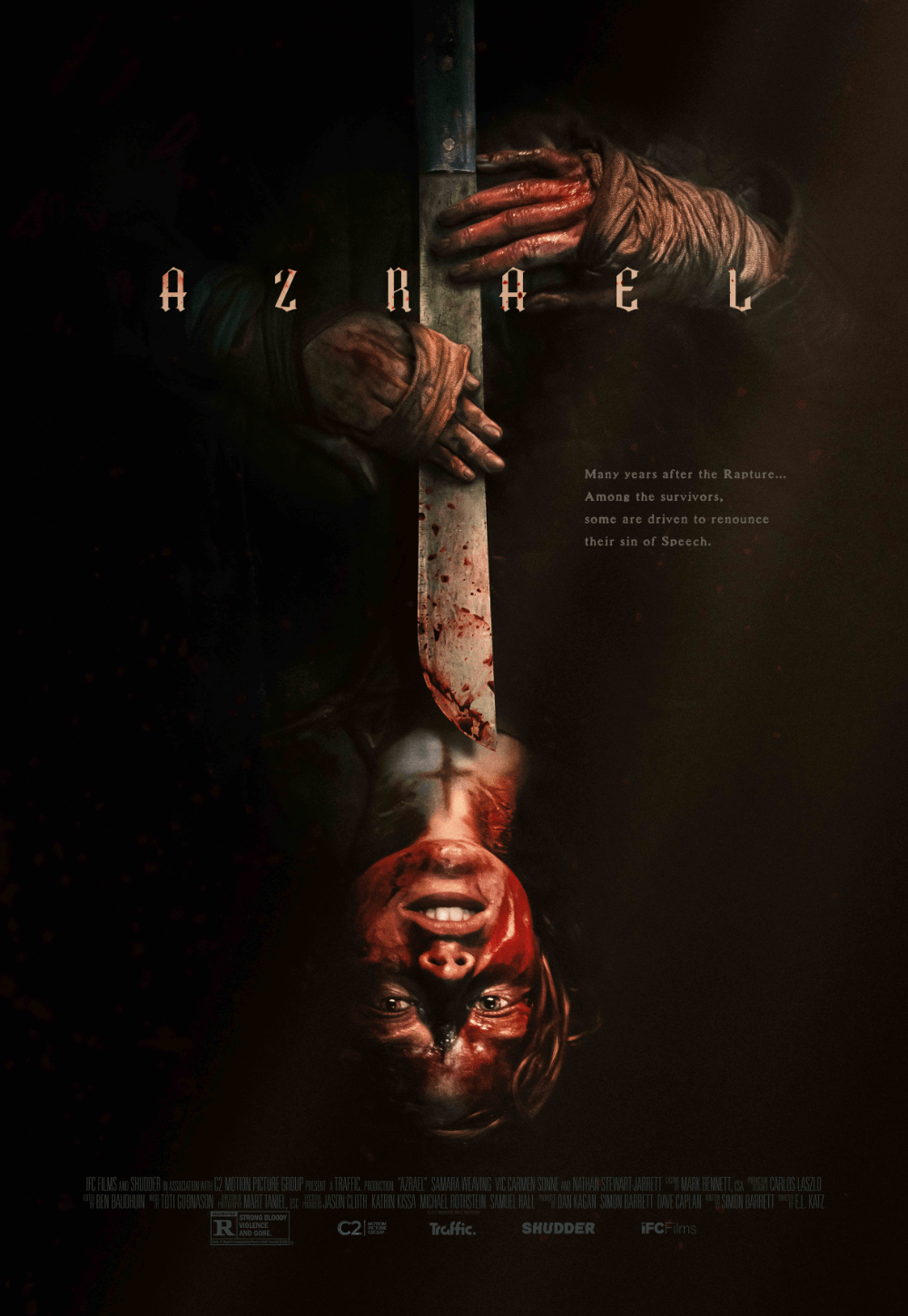
Consider Supporting Deep Focus Review
I hope you’re enjoying the independent film criticism on Deep Focus Review. Whether you’re a regular reader or just occasionally stop by, please consider supporting Deep Focus Review on Patreon or making a donation. Since 2007, my critical analysis and in-depth reviews have been free from outside influence. Becoming a Patron gives you access to exclusive reviews and essays before anyone else, and you’ll also be a member of a vibrant community of movie lovers. Plus, your contributions help me maintain the site, access research materials, and ensure Deep Focus Review keeps going strong.
If you enjoy my work, please consider joining me on Patreon or showing your support in other ways.
Thank you for your readership!
Brian Eggert | Critic, Founder
Deep Focus Review


